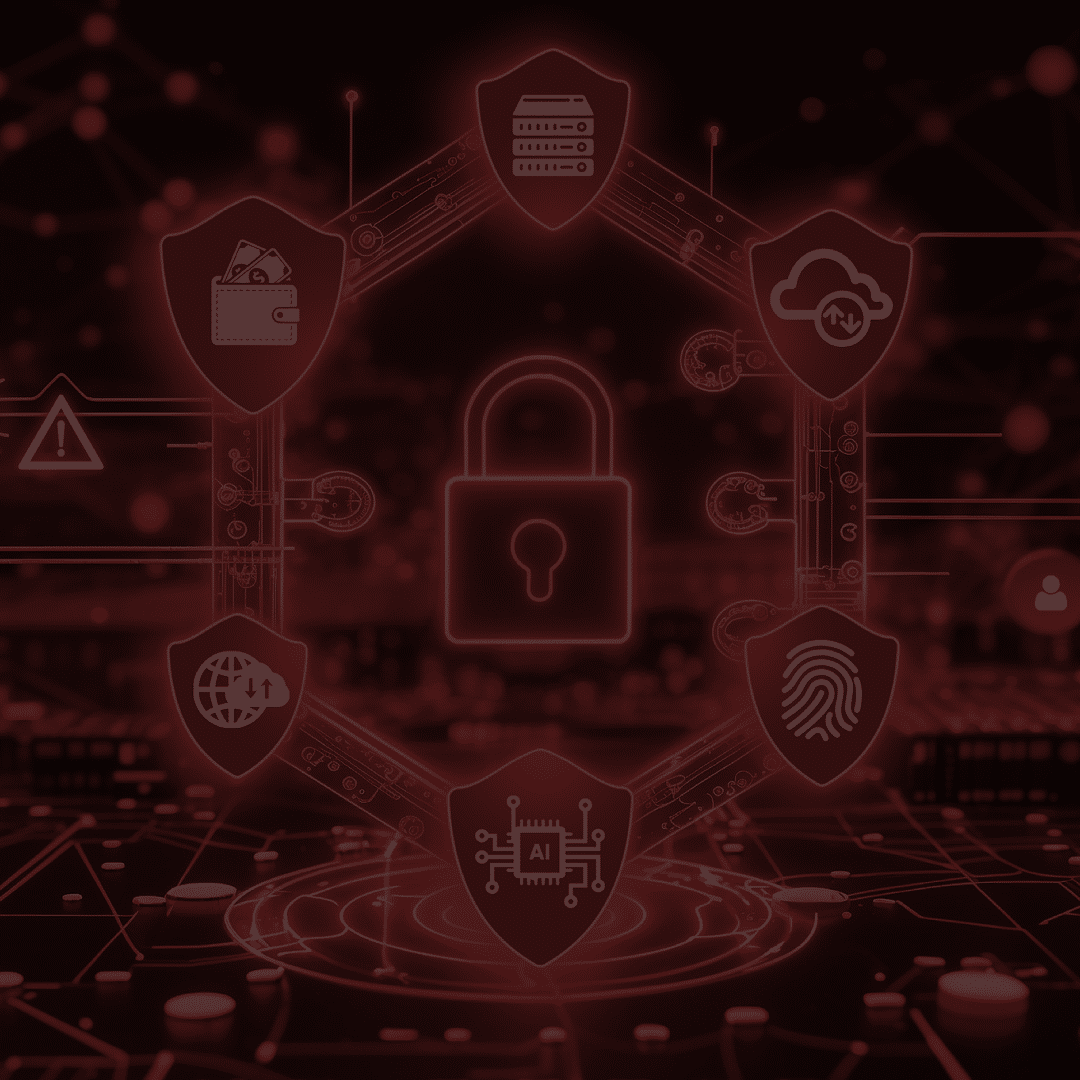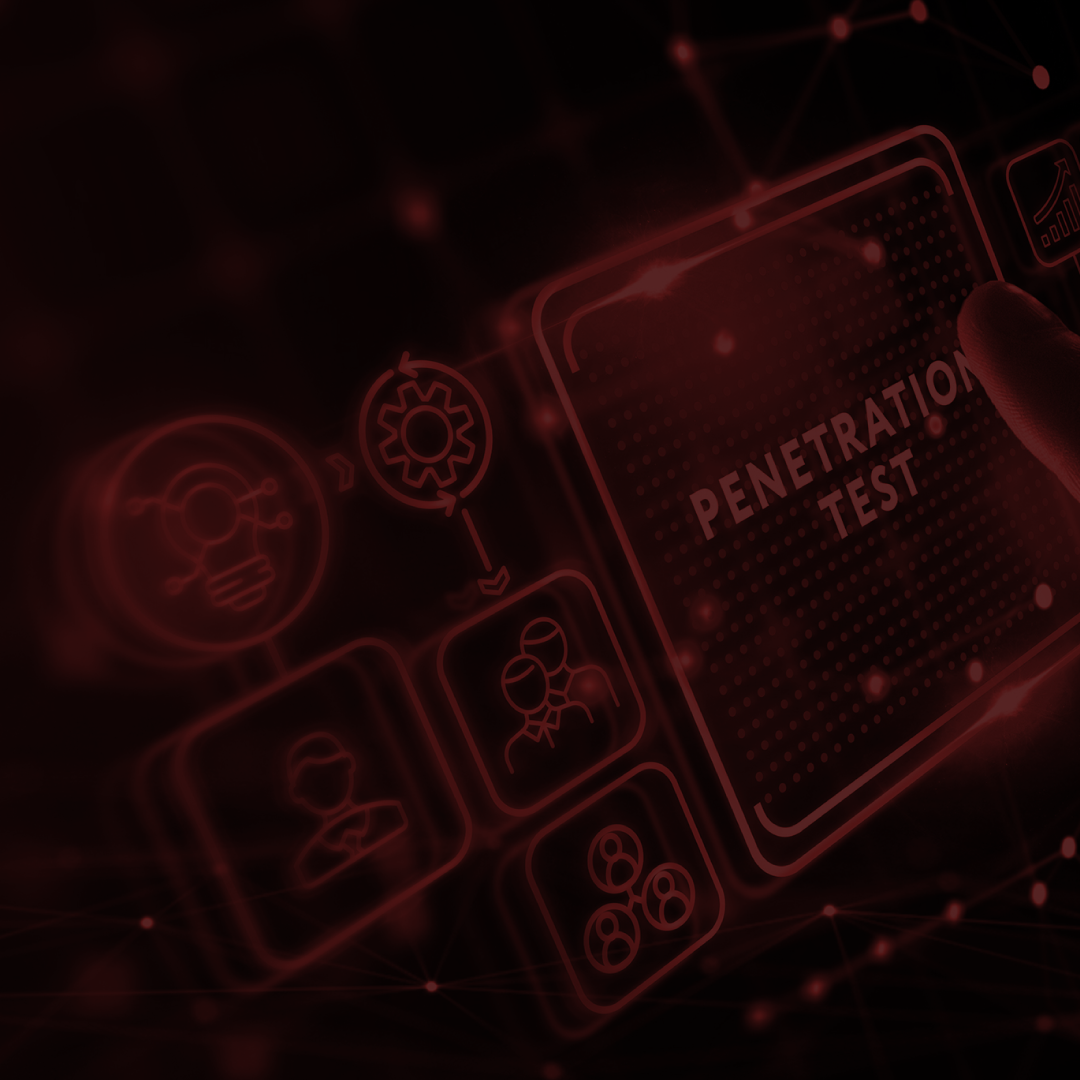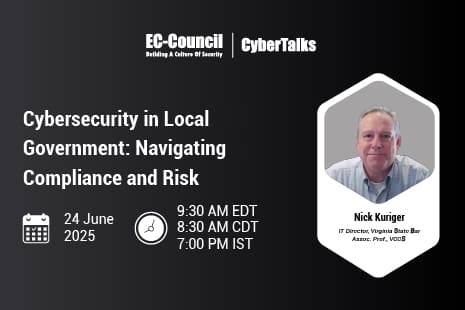In the popular imagination, the term “hacking” is synonymous with system hacking, a growing concern in cybersecurity. While malicious actors try to break into a computer system, their ethical hacker counterparts work with companies to stop these attackers in their tracks. This article will discuss everything you need to know, including the definition of system hacking, the various steps of system hacking, and the role of system hacking in ethical hacking. Learn ethical hacking with a ethical hacking course.
System Hacking Explained in Brief
System hacking refers to using technical skills and knowledge to gain access to a computer system or network. Hackers employ many methods to get into a system by exploiting its vulnerabilities and concealing their activities to avoid detection.
Most people imagine system hacking as the work of so-called “black hat” or “gray hat” hackers who haven’t obtained the owner’s permission to enter the system. However, system hacking is also done by ethical hackers who received authorization beforehand to test the system’s security and improve any weaknesses.
The purpose of system hacking depends on the motivations of those who perform it. Malicious actors seek to exploit their discoveries after hacking into the system, usually for financial or political gain. Ethical hackers, however, are hired by companies as security consultants to help identify and fix vulnerabilities before these same malicious actors can exploit them.
How Malicious Actors Carry Out System Hacking
Malicious actors make use of multiple system hacking tools and techniques. System hacking software such as Nmap, Metasploit, Wireshark, and Acunetix help attackers detect and capitalize on vulnerabilities in the target system. Attackers may also use dedicated tools such as a phone hacking system for mobile devices.
Perhaps the best operating system for hacking is Kali Linux, a distribution of Debian Linux. Kali Linux has a wide range of security and penetration tools and is highly customizable, making it likely the best OS for hacking. Specific use cases such as Kali Linux wifi hacking can be executed through pre-installed tools such as Aircrack-ng.
The System Hacking Steps
System hackers generally follow a well-worn set of steps to gain and maintain access to a system. Below, we’ll discuss each of the four system hacking steps in detail.
1. Gaining Access
First and foremost, system hackers must be able to access a system. This can be accomplished in multiple ways:
- Password attack: In perhaps the most basic technique, attackers can attempt to enter a system by entering the login credentials of a legitimate user. So-called “brute force” attacks try to guess a user’s password by testing all possible combinations until the correct one is discovered.
- Stolen credentials: System hackers may already have a user’s credentials, making it easy to access the system. For example, the user may have been tricked by a phishing email into divulging their password. Attackers also use databases of usernames and passwords exposed after a data breach, assuming that users reuse the same password for multiple systems.
- Vulnerability exploitation: New vulnerabilities are constantly being discovered in computer systems, while old ones may still be unpatched. Technically sophisticated attackers can exploit the vulnerabilities they discover through techniques like SQL injection, cross-site scripting, and buffer overflows.
2. Escalating Privileges
Once inside the computer or network, a system hacker may not be able to carry out the entire plan of attack right away. Instead, the hacker needs to exploit bugs or flaws in the system to gain additional privileges beyond those authorized initially. This process is known as privilege escalation.
There are two main types of privilege escalation: horizontal and vertical.
- In horizontal privilege escalation, the attacker initially gains access to a standard user’s account before spreading throughout the network to other user accounts. These other accounts may have files, applications, and emails that will be useful in the attack.
- In vertical privilege escalation, the attacker seeks to possess a higher-level user account, such as one with administrator or root access. This access makes it much easier for hackers to continue their attacks undetected and launch more diverse attacks.
3. Maintaining Access
Even after gaining access to the system, hackers must work to maintain this access so that the attack isn’t interrupted—or if it’s interrupted, it can continue later.
For instance, the attackers may install keyloggers or spyware on a system to record the user’s activities and keystrokes. By secretly capturing user credentials, attackers can re-enter the system later, even if the password is changed.
Another technique to maintain access is installing a backdoor: a hidden “portal” that allows hackers to bypass normal security controls and directly enter the system. This can be done through malware such as Trojan horses that appear innocuous and remain hidden for a long time.
4. Clearing Logs
Finally, system hackers must cover their tracks to prevent or delay their target from discovering the attack. One common practice is to clear the system logs, which can provide crucial evidence that an attacker has gained unauthorized entry. Hackers may use tools such as Meterpreter to erase the proof of their movements throughout the network.
An additional essential step involves hackers deleting the history of the commands they’ve executed in shell programs such as Bash (for Linux) or the Windows shell. Without deleting these commands, victims could examine their shell history to reconstruct the attacker’s actions precisely.
How to Prevent Your Systems From Being Hacked
Putting a stop to system hacking by malicious actors is a never-ending process, as new vulnerabilities are discovered, and new defenses are created. The security tips and best practices below will help you prevent your systems from being hacked:
- Require users to deploy strong passwords and multi-factor authentication, making it more difficult for attackers to gain access.
- Train and educate users in recognizing common attack techniques (e.g., phishing and social engineering).
- Install IT security applications such as antivirus and antimalware software, firewalls, and SIEM (security information and event management) tools.
- Keep up-to-date with the latest security patches for your software, firmware, and operating system.
- Join forces with ethical hackers who can help you detect system flaws without exploiting them. These individuals will scan your IT environment for vulnerabilities and suggest any actions that should be taken to patch them.
Why Choose EC-Council’s C|EH Certification?
EC-Council’s Certified Ethical Hacker course helps in knowing about how system hacking allows ethical hackers to better understand how malicious hackers operate and how they use to gain unauthorized access to systems. By understanding these methods, ethical hackers can then use this knowledge to identify and remediate vulnerabilities before malicious actors can exploit them. Additionally, knowing about system hacking allows ethical hackers to conduct more thorough and effective penetration testing and vulnerability assessments, which can help organizations identify and mitigate potential risks and improve their overall security posture
The Certified Ethical Hacker (C|EH) certification covers various system hacking methodologies—including steganography, steganalysis attacks, and covering tracks—used to discover system and network vulnerabilities. Lab-intensive training with over 25 hands-on exercises. Enroll and learn with CEH course.
About the Author
David Tidmarsh is a programmer and writer. He has worked as a software developer at MIT, holds a BA in history from Yale, and is currently a graduate student in computer science at UT Austin.











